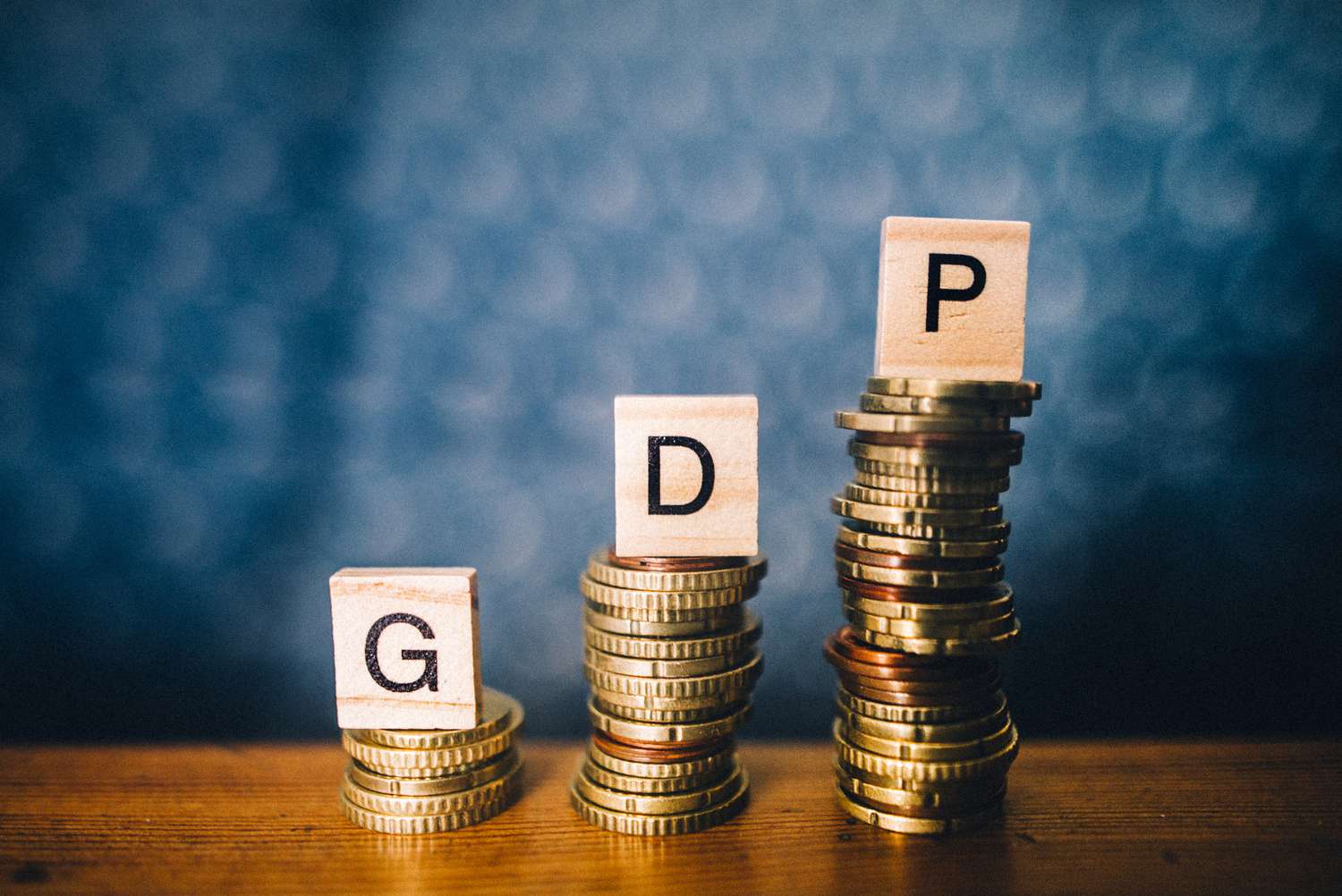India’s real GDP growth rate for the current year is 6.5 per cent.
NEW DELHI: India’s Gross Domestic Product (GDP) has doubled in size over the last ten years, according to the latest data released by the International Monetary Fund (IMF).
The data revealed that India’s GDP at current prices stood at USD 2.1 trillion in 2015 and is projected to reach USD 4.27 trillion by the end of 2025, marking a 100 per cent increase within a decade.
The IMF further reported that India’s real GDP growth rate for the current year is 6.5 per cent, indicating strong and stable economic expansion. Real GDP growth refers to the increase in the value of goods and services produced in the country, adjusted for inflation. With this growth rate, India remains one of the fastest-growing economies in the world.
Meanwhile, inflation continues to be a crucial factor influencing economic conditions. According to the IMF, India’s inflation rate is expected to remain at 4.1 per cent, staying within the Reserve Bank of India’s (RBI) target range of 4 to 6 per cent. Inflation remains a key economic indicator as it impacts purchasing power and the cost of living.
The IMF data also highlighted that India’s GDP per capita, which measures the average income of a citizen based on total economic output, is estimated at USD 11,940 (or 11.94 thousand international dollars in terms of purchasing power parity). This reflects an improvement in individual prosperity and living standards over the years.
However, the data pointed out that India’s general government gross debt currently stands at 82.6 per cent of GDP. This indicates that the government’s total borrowings are relatively high compared to the country’s economic output.
A high debt level can pose challenges in managing fiscal policies, but India has continued to maintain economic momentum despite this. The government remains committed to achieving its fiscal targets.
The latest IMF figures underscore India’s economic resilience, showcasing a sharp rise in GDP, steady real growth, and improving income levels. However, inflation and high public debt remain key areas to watch in the coming years.


